Growing Prevalence of Chronic Diseases
The rising incidence of chronic diseases such as diabetes and cardiovascular conditions significantly influences the ingestible sensor market. These diseases necessitate continuous monitoring and management, which ingestible sensors can provide. The market is expected to witness substantial growth, driven by the need for innovative solutions that enhance patient compliance and improve health outcomes. In 2025, the market is anticipated to be valued at over $1.5 billion, reflecting a growing recognition of the importance of remote patient monitoring. The ingestible sensor market is thus becoming increasingly vital in addressing the challenges posed by chronic disease management.
Advancements in Biocompatible Materials
Innovations in biocompatible materials are transforming the ingestible sensor market. These advancements enable the development of sensors that are safer and more effective for long-term use within the human body. As manufacturers focus on creating devices that minimize adverse reactions, the market is likely to expand. The integration of new materials can enhance sensor functionality, leading to improved patient experiences and outcomes. The ingestible sensor market is thus poised for growth, as these technological improvements align with the increasing demand for safer medical devices.
Rising Demand for Personalized Medicine
The increasing emphasis on personalized medicine is a pivotal driver for the ingestible sensor market. As healthcare shifts towards tailored treatments, the need for precise monitoring of individual patient responses becomes paramount. Ingestible sensors facilitate real-time data collection, enabling healthcare providers to adjust therapies based on specific patient needs. This trend is reflected in the market, which is projected to reach approximately $2 billion by 2026, growing at a CAGR of around 15%. The ingestible sensor market is thus positioned to play a crucial role in enhancing patient outcomes through personalized healthcare solutions.
Growing Awareness of Preventive Healthcare
The rising awareness of preventive healthcare is a crucial factor propelling the ingestible sensor market. As individuals become more proactive about their health, the demand for tools that facilitate early detection and monitoring of health conditions increases. Ingestible sensors offer a non-invasive method for continuous health tracking, appealing to health-conscious consumers. This shift towards preventive measures is reflected in the market's anticipated growth, with projections indicating a value of approximately $1.8 billion by 2026. The ingestible sensor market is thus well-positioned to capitalize on this trend, providing solutions that empower individuals to take charge of their health.
Increased Investment in Digital Health Technologies
The surge in investment in digital health technologies is a significant driver for the ingestible sensor market. As healthcare systems increasingly adopt digital solutions, the integration of ingestible sensors into broader health monitoring frameworks becomes more feasible. This trend is supported by a projected increase in funding for health tech startups, which is expected to exceed $20 billion in 2025. The ingestible sensor market stands to benefit from this influx of capital, facilitating the development of innovative products that enhance patient care and streamline healthcare delivery.

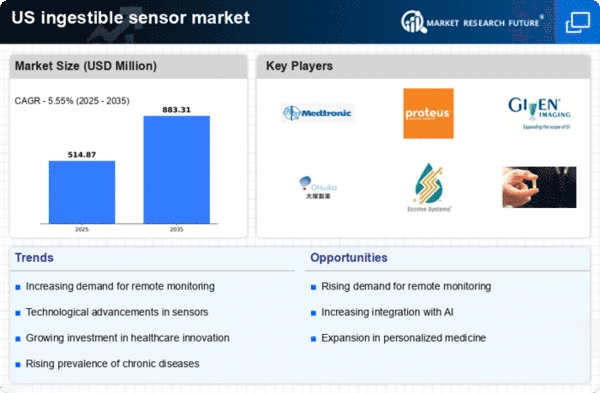
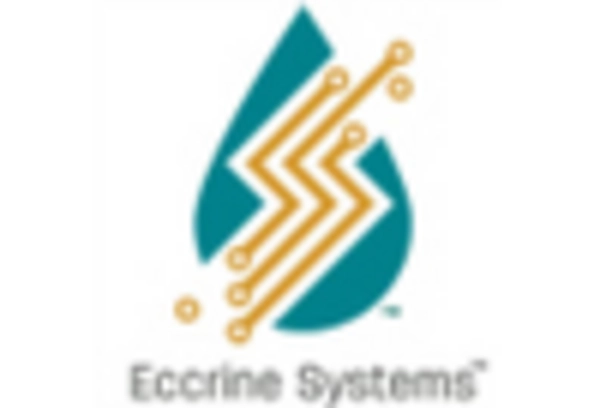
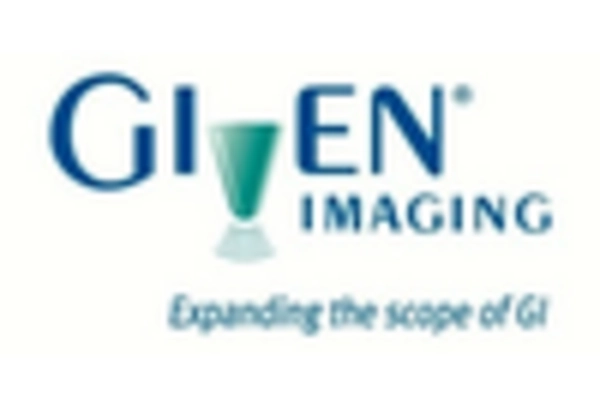

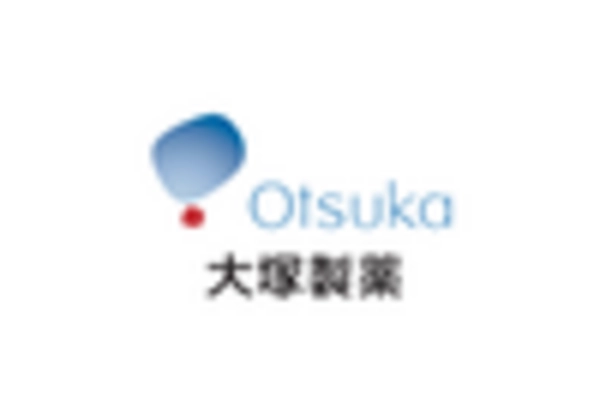

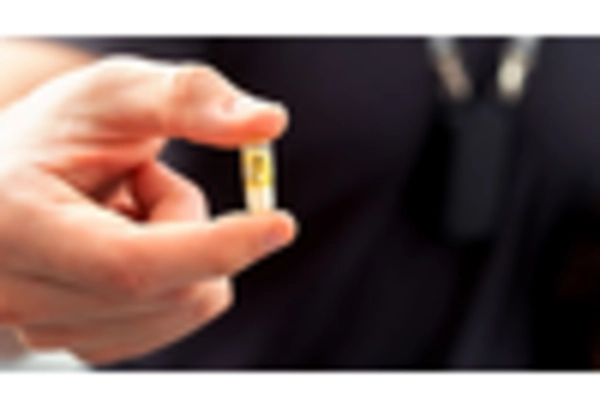








Leave a Comment